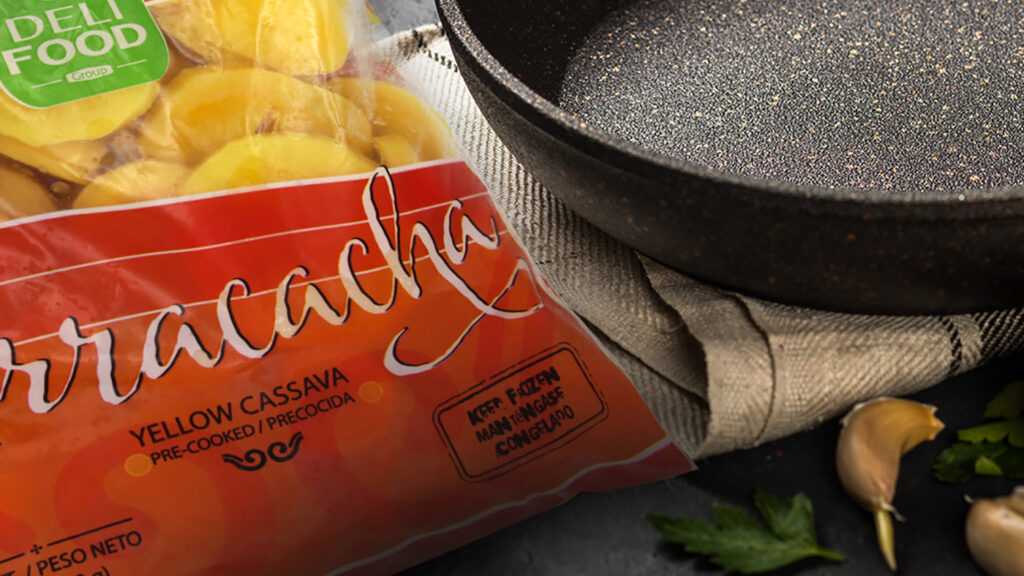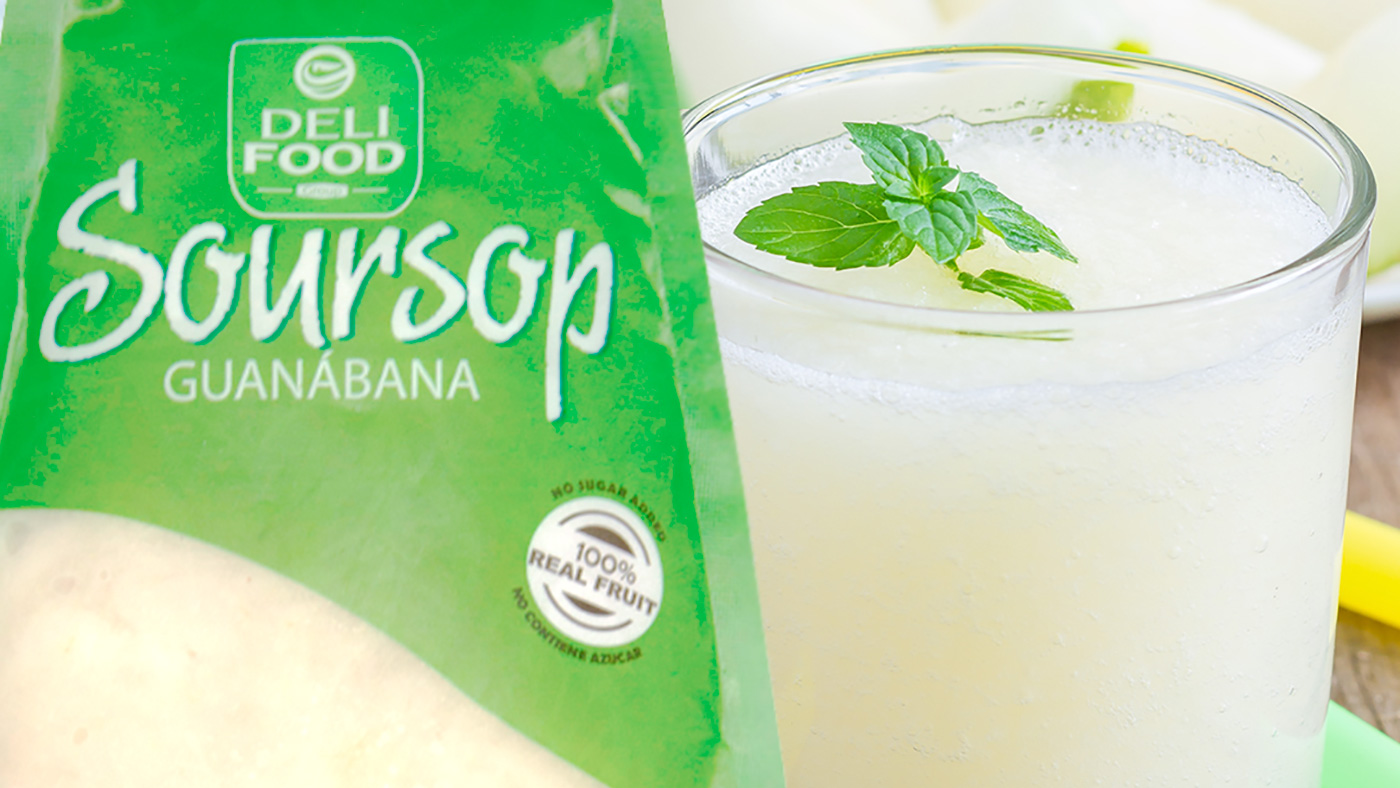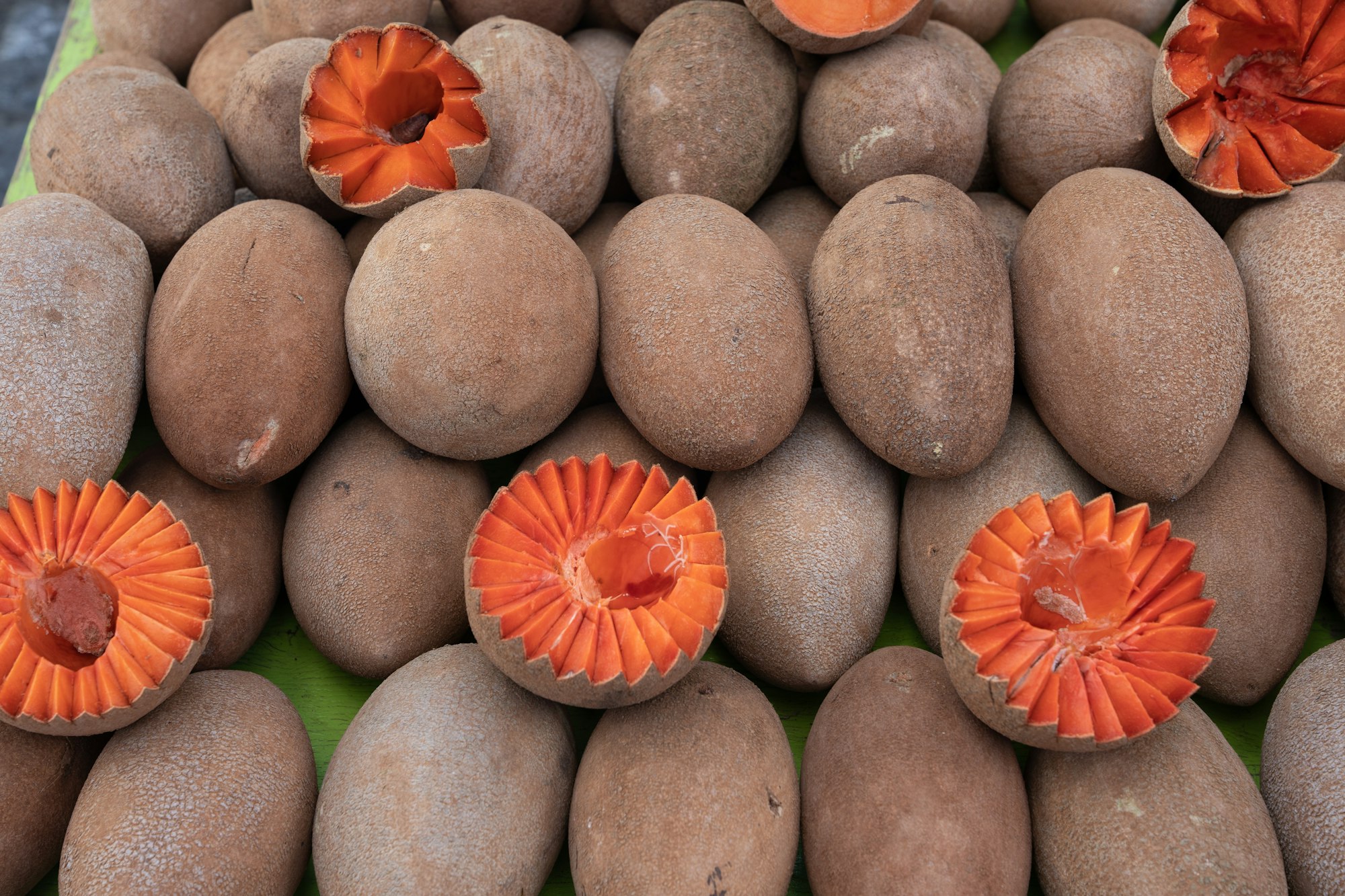A Delicious Recipe with Yellow Cassava
Delifood Group
December 23, 2020

Introduction
Yellow cassava is a versatile root vegetable known for its delicious taste and numerous health benefits. This article explores everything you need to know about yellow cassava, from its nutritional value to a step-by-step guide for making a delectable dish that will tantalize your taste buds. Whether you’re a culinary expert or a home cook looking to expand your recipe repertoire, this guide will provide you with all the information you need to make a nutritious and flavorful meal using yellow cassava.
What is Yellow Cassava?
Yellow cassava, also known as Manihot esculenta, is a root vegetable rich in vitamins and minerals. Unlike its white counterpart, yellow cassava contains beta-carotene, which the body converts into vitamin A, essential for eye health and immune function. This section delves into the origins, cultivation, and nutritional profile of yellow cassava, highlighting its importance in global cuisine.
The Health Benefits of Yellow Cassava
Rich in carbohydrates, yellow cassava is an excellent energy source. It’s also packed with vitamin C, calcium, and magnesium. But it’s the high beta-carotene content that sets it apart, offering significant vitamin A benefits. Regular consumption of yellow cassava can help improve eye health, boost immune system function, and even combat vitamin A deficiency, a common problem in many parts of the world.
Selecting and Preparing Yellow Cassava
Before diving into the recipes, it’s important to know how to select and prepare yellow cassava. Look for firm roots with a clean, blemish-free skin. To prepare, peel the skin off as you would with a potato and soak or boil the cassava to remove any potential toxins, a step especially crucial for certain varieties of cassava.

Recipe 1: Yellow Cassava Fries
Ingredients:
- 2 large yellow cassava roots
- 2 tablespoons olive oil
- Salt and pepper to taste
- Optional: herbs and spices (paprika, garlic powder, etc.)
Instructions:
- Preheat your oven to 400°F (200°C).
- Peel and cut the cassava into fry-shaped sticks.
- Boil in water for 10 minutes to soften and remove toxins.
- Drain and toss with olive oil, salt, pepper, and any other desired seasonings.
- Spread on a baking sheet and bake for 20-25 minutes, or until golden and crispy.
- Serve hot with your favorite dipping sauce.
This simple yet delicious recipe transforms yellow cassava into a crispy, nutritious snack or side dish that rivals traditional french fries in both taste and health benefits.
Recipe 2: Creamy Yellow Cassava Soup
Ingredients:
- 1 large yellow cassava root, peeled and cubed
- 1 onion, chopped
- 2 cloves garlic, minced
- 4 cups vegetable broth
- 1 cup coconut milk
- Salt and pepper to taste
- Fresh herbs for garnish (e.g., cilantro, parsley)
Instructions:
- In a large pot, sauté onion and garlic until translucent.
- Add the cubed cassava and vegetable broth. Bring to a boil, then simmer until cassava is tender.
- Blend the mixture until smooth, then stir in coconut milk. Season with salt and pepper.
- Serve hot, garnished with fresh herbs.
This creamy soup showcases the smooth texture and subtle sweetness of yellow cassava, making it a comforting and healthy option for any meal.
Storing Leftover Yellow Cassava
Proper storage is key to maintaining the freshness and nutritional value of yellow cassava. Cooked yellow cassava can be stored in the refrigerator for up to a week. Ensure it’s kept in an airtight container to prevent it from drying out or absorbing odors from other foods. For longer preservation, cooked cassava can also be frozen for several months. When ready to use, simply thaw it in the refrigerator overnight and reheat gently to preserve its texture and flavor.
Frequently Asked Questions
Is yellow cassava better than white cassava? Yellow cassava offers the added benefit of beta-carotene, which white cassava lacks. Both types are nutritious, but yellow cassava has the edge in vitamin A content.
Can yellow cassava be eaten raw? It’s not recommended to eat cassava raw due to the presence of cyanogenic glycosides, which can be toxic. Cooking properly reduces these compounds.
How do I make cassava flour from yellow cassava? Peel and slice the cassava, then dry the pieces thoroughly before grinding them into a fine powder using a food processor or grinder.
Is yellow cassava gluten-free? Yes, yellow cassava is naturally gluten-free, making it a great alternative for those with gluten sensitivities or celiac disease.
Can yellow cassava be used in sweet dishes? Absolutely! Its mild flavor and starchy texture make it suitable for both savory and sweet preparations.
Conclusion
Yellow cassava is a versatile, nutritious ingredient that deserves a spot in your culinary repertoire. Whether you’re making crispy fries, a creamy soup, or exploring other recipes, yellow cassava offers a wealth of health benefits and delicious possibilities. By incorporating this vibrant root vegetable into your diet, you’re not only enjoying tasty dishes but also contributing to a healthier lifestyle. So why not start experimenting with yellow cassava today and discover your new favorite recipe?
Contact us
Write a Message
News


10 Health Benefits of Mamey Fruit | Diving into a famous Fruit across Latin America
Contact
- +1- (888) 356-3453
- info@delifoodgroup.com
- 10100 NW 116th Way Ste 3 Medley FL 33178

